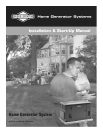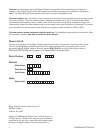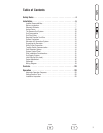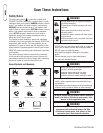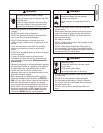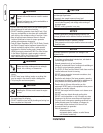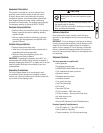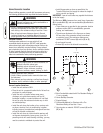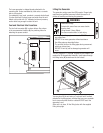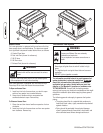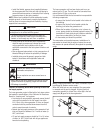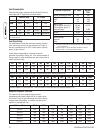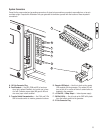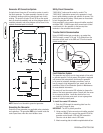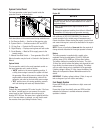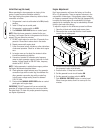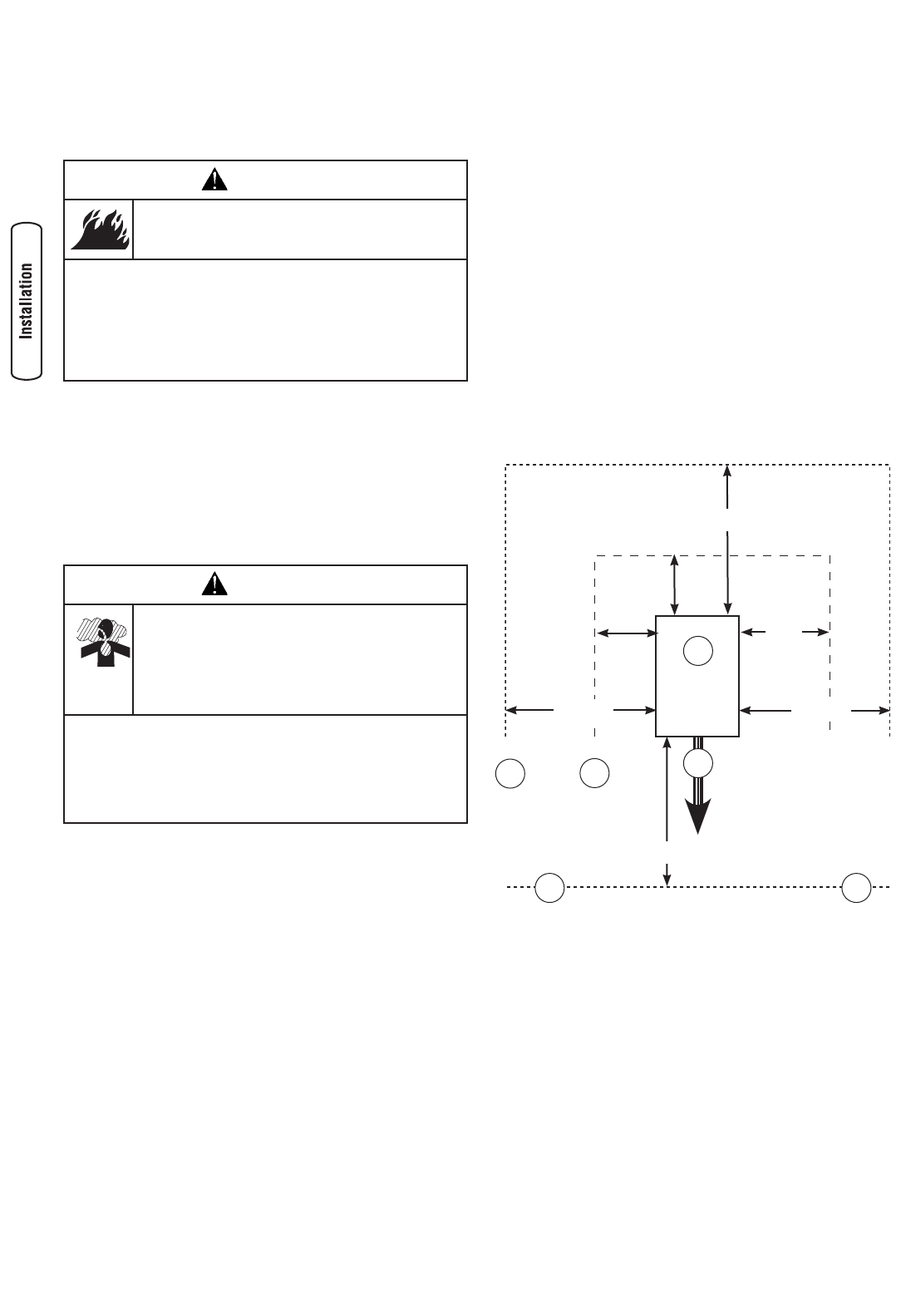
8 BRIGGSandSTRATTON.COM
Home Generator Location
Before installing generator, consult with homeowner and convey
the following guidelines which may affect the desired location.
WARNING
Exhaust heat/gases can ignite combustibles or
structures causing a fire.
DO NOT install the generator closer than 5 feet (1.5m)
from any combustibles or structures with combustible
walls having a fire resistance rating of less than 1 hour.
Keep at least minimum distances shown in
General
Location Guidelines in Installation Manual to insure for
proper generator cooling and maintenance clearances.
•
•
Generator Location
Install generator outdoors in an area which will not
accumulate deadly exhaust gas. DO NOT install generator
where exhaust gas could accumulate and enter inside or be
drawn into a potentially occupied building. Ensure exhaust
gas is kept away from any windows, doors, ventilation intakes
or other openings that can allow exhaust gas to collect in a
confined area. Prevailing winds and air currents should be
taken into consideration when positioning generator.
WARNING
Running engine gives off carbon monoxide, an
odorless, colorless, poison gas.
Breathing carbon monoxide can cause
headache, fatigue, dizziness, vomiting,
confusion, seizures, nausea, fainting, or death.
Operate generator ONLY outdoors.
Install a battery operated carbon monoxide alarm near
the bedrooms.
Keep exhaust gas from entering a confined area through
windows, doors, ventilation intakes, or other openings.
•
•
•
General Location Guidelines
• Install the unit outdoors ONLY.
• Place the unit in a prepared location that is flat and has
provisions for water drainage.
• Install the unit in a location where sump pump
discharge, rain gutter down spouts, roof run-off,
landscape irrigation, or water sprinklers will not flood
the unit or spray the enclosure and enter any air inlet
our outlet openings.
• Install the unit where the location of any services such
as phone, electrical, fuel, air conditioning, irrigation,
including covered, concealed and underground services
will not be affected or obstructed.
• Install the unit where air inlet and outlet openings will
not become obstructed by leaves, grass, snow, etc. If
prevailing winds will cause blowing or drifting, you may
need to construct a windbreak to protect the unit.
• Install the generator as close as possible to the
Transfer Switch and fuel supply to reduce the length of
wiring, conduit, and piping.
IMPORTANT: Laws or local codes may regulate the distance
to the fuel supply.
The Minimum (MIN) clearances from aerial view of generator
(B) to combustible (D), and non-combustible (A) materials is
shown below.
• These distances are provided to give generator location
guidance relative ONLY to combustibles, generator
cooling, and maintenance.
• The minimum distances in the figure are as shown.
All four sides of the generator cannot be enclosed
or restricted, even if the minimum distances are
maintained. DO NOT connect (A) and/or (D) to (E)
• A roof cannot be used.
• Exhaust (C) must not be allowed to accumulate.
A Non-Combustible material with Fire Resistant Rating of
1 hour or greater
B Home Standby Generator
C Engine Exhaust
D Combustible Material or Structure with a Fire
Resistance Rating of less than 1 hour.
E Any structure or material. DO NOT connect (A) and/or
(D) to (E).
A
B
E
D
E
C
3’
(1m)
5’ (1.5m)
5’ (1.5m) 5’ (1.5m)
2’
(62cm)
5’ (1.5m)



